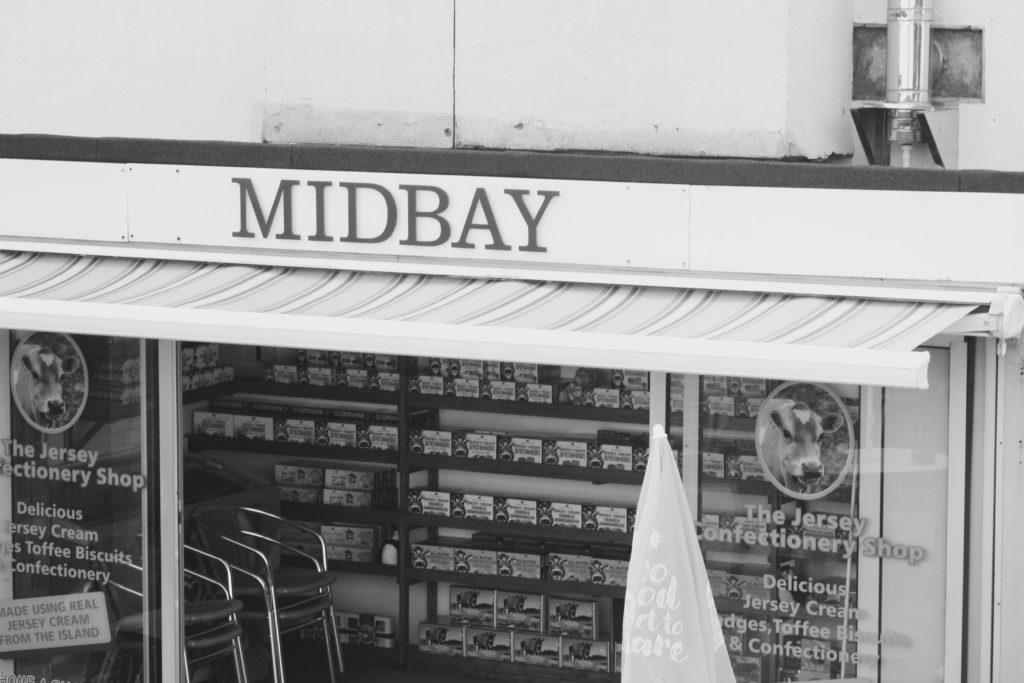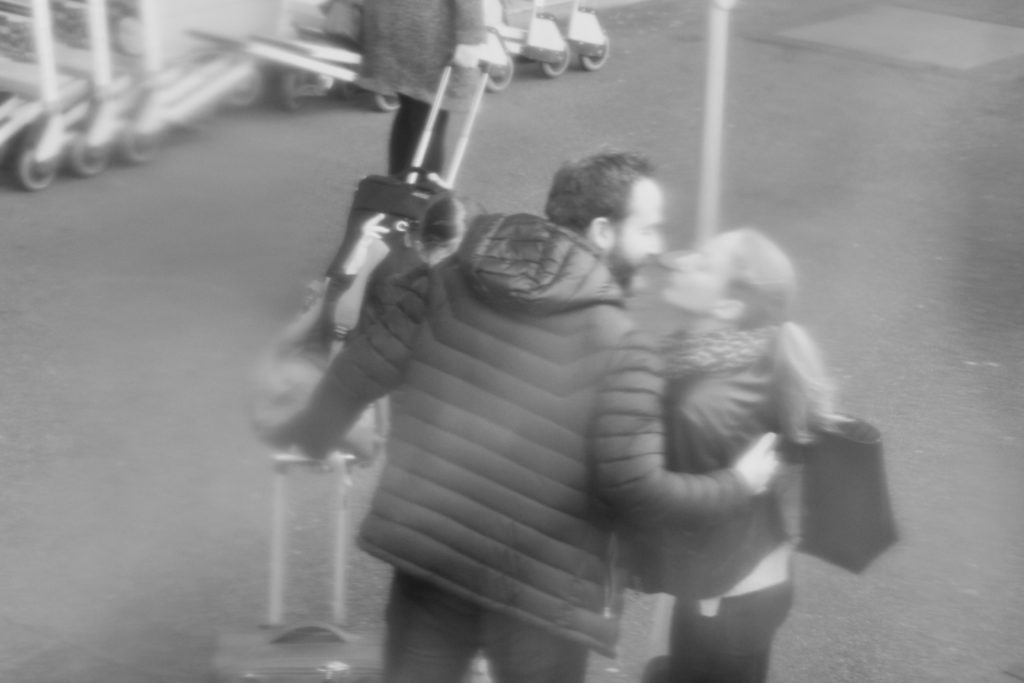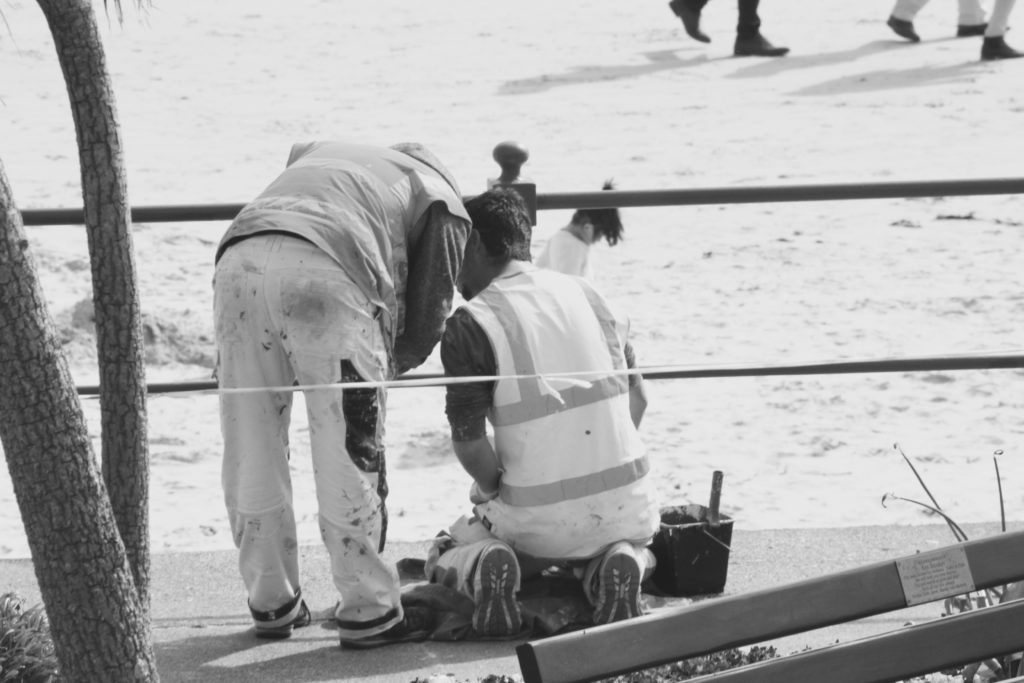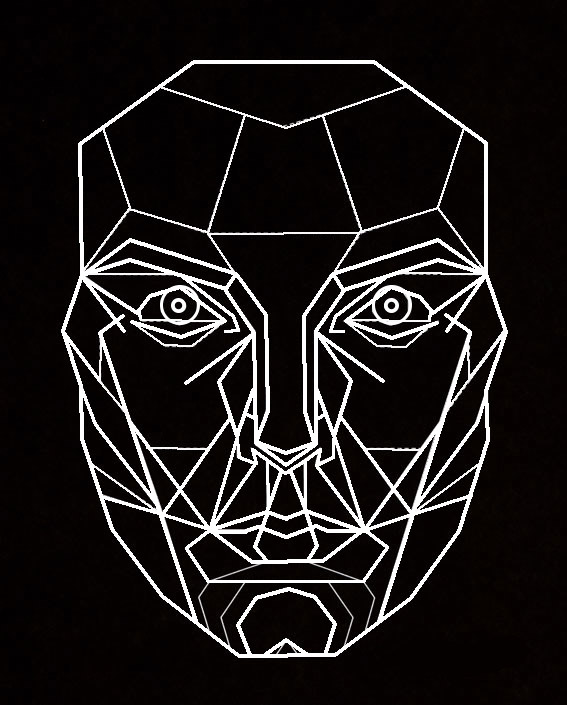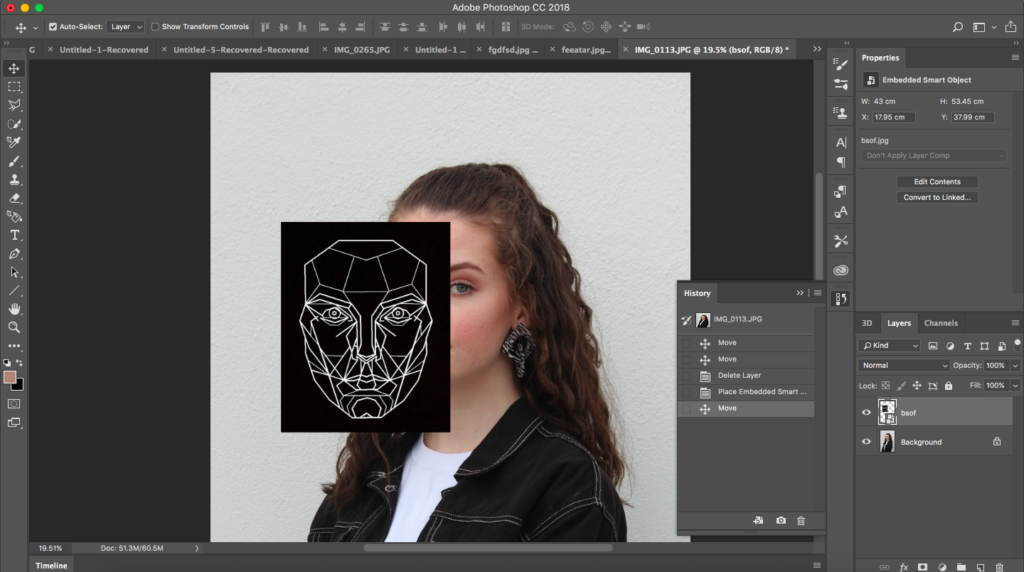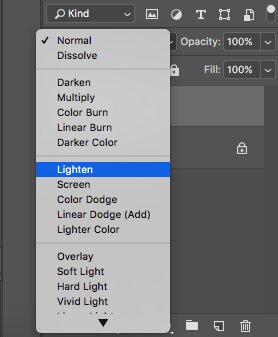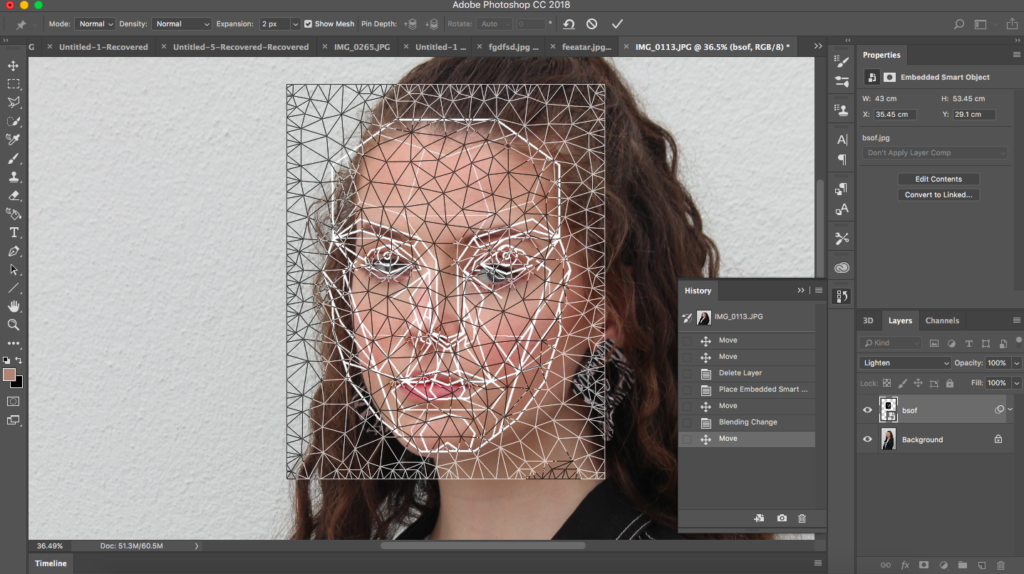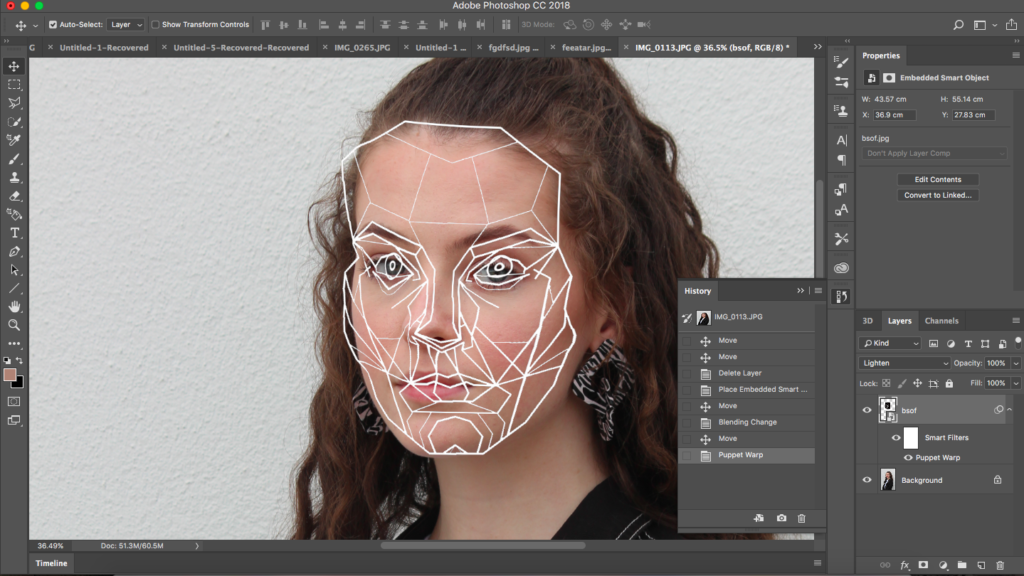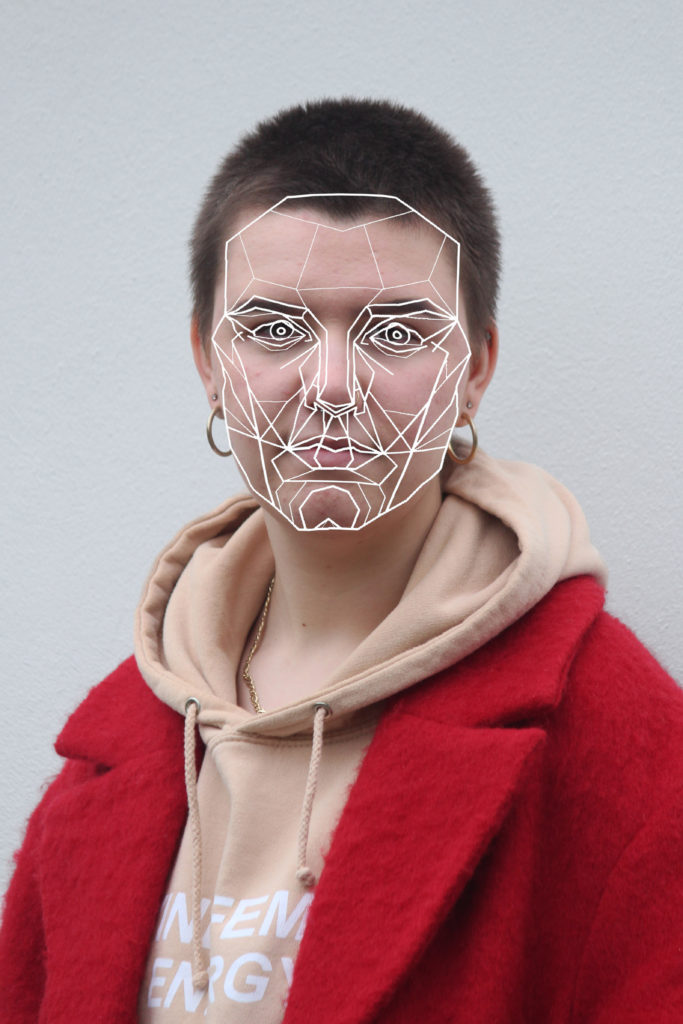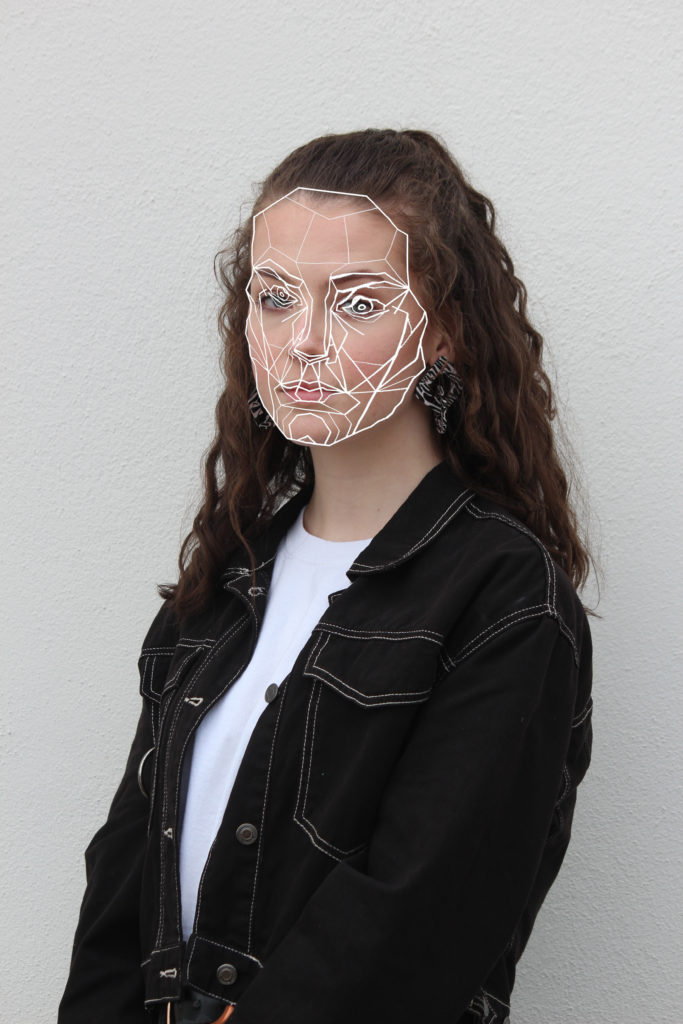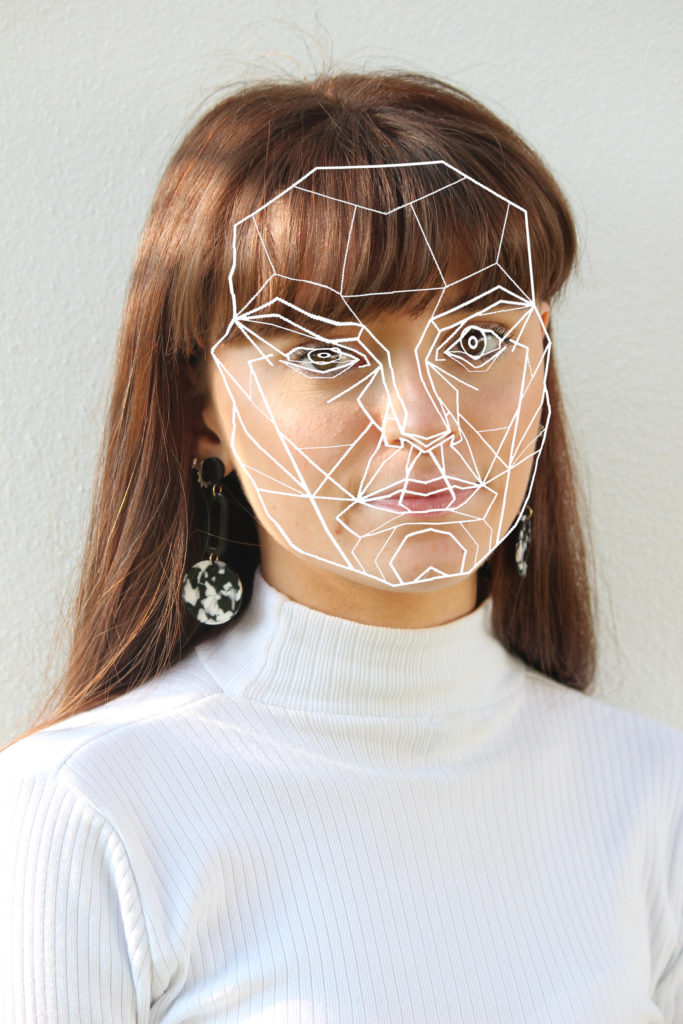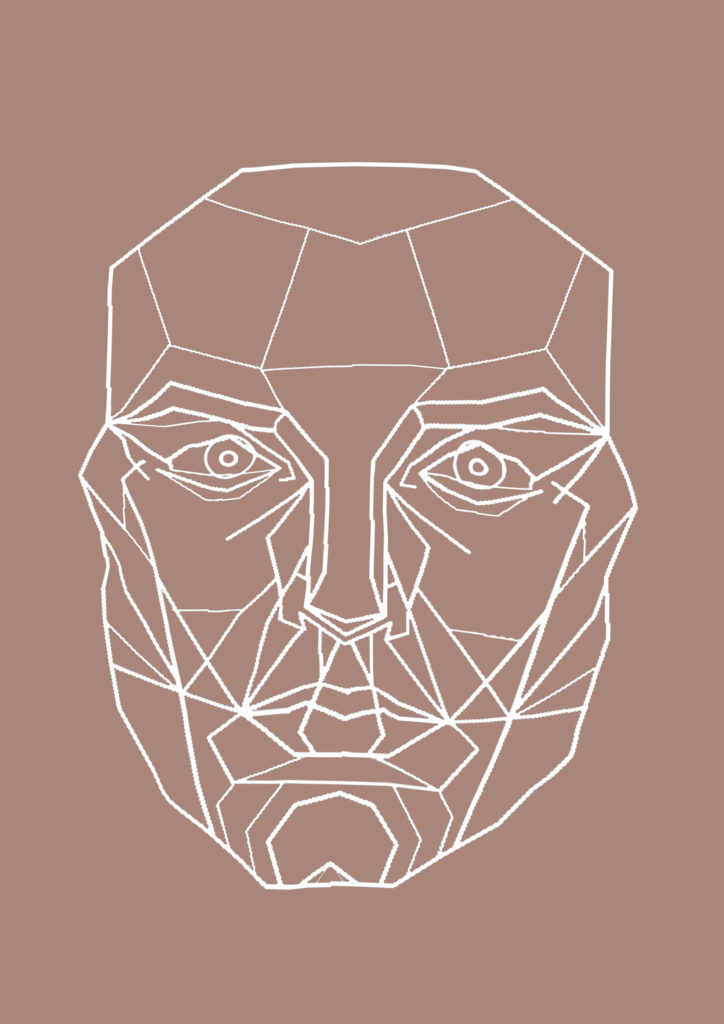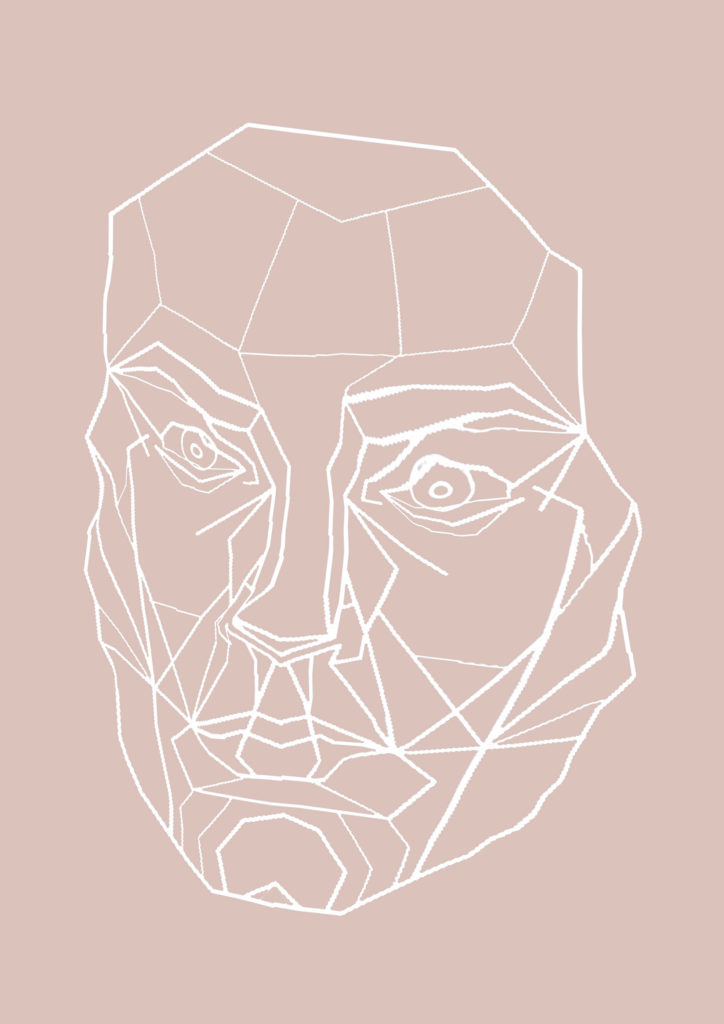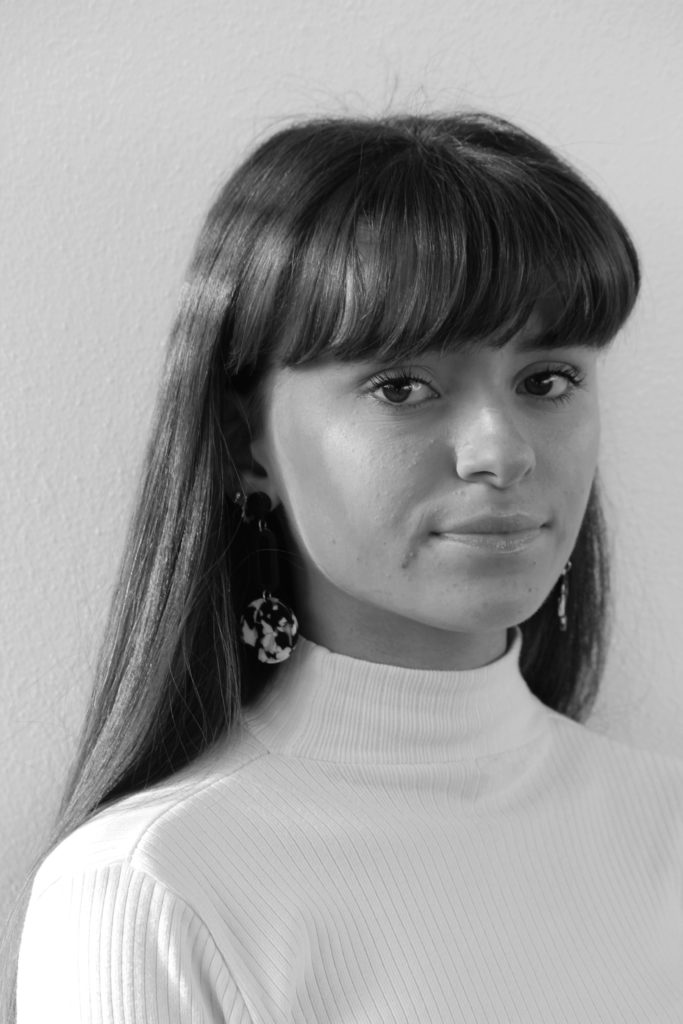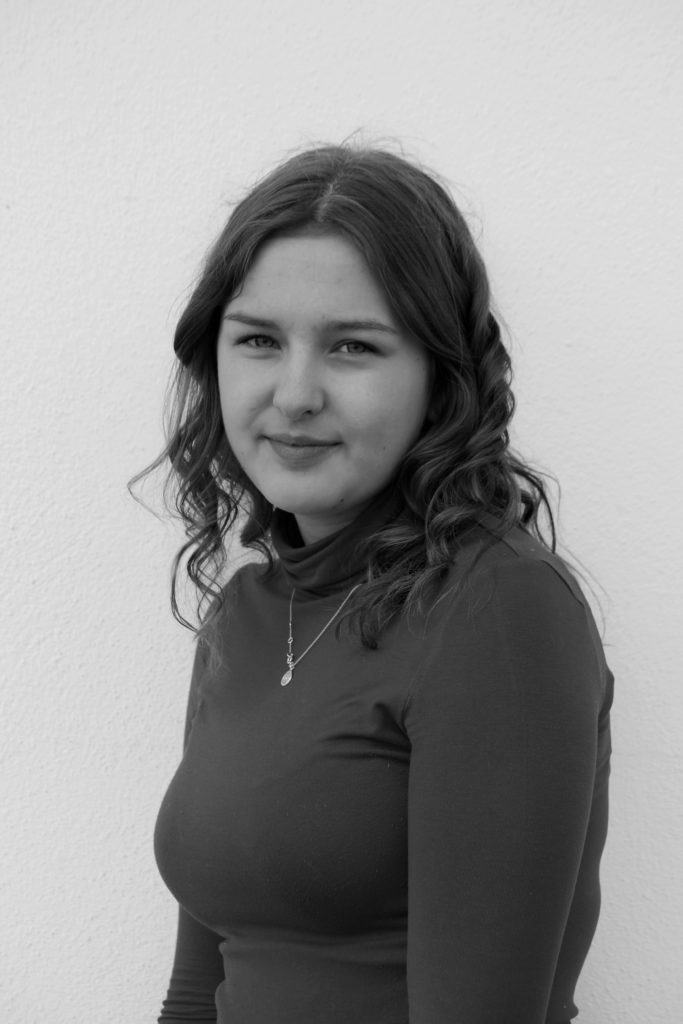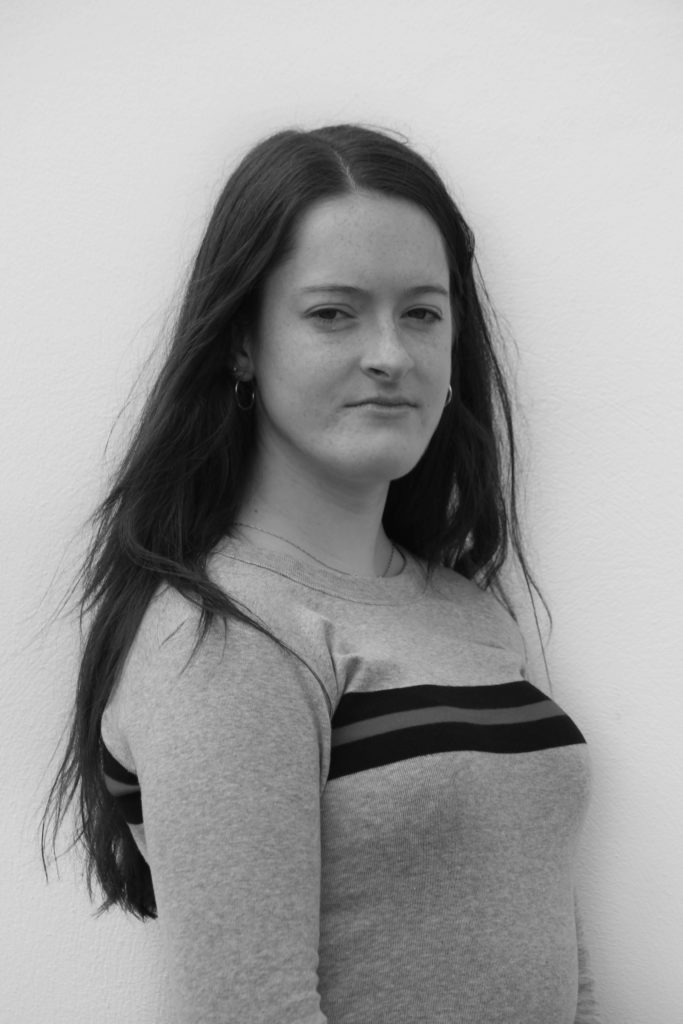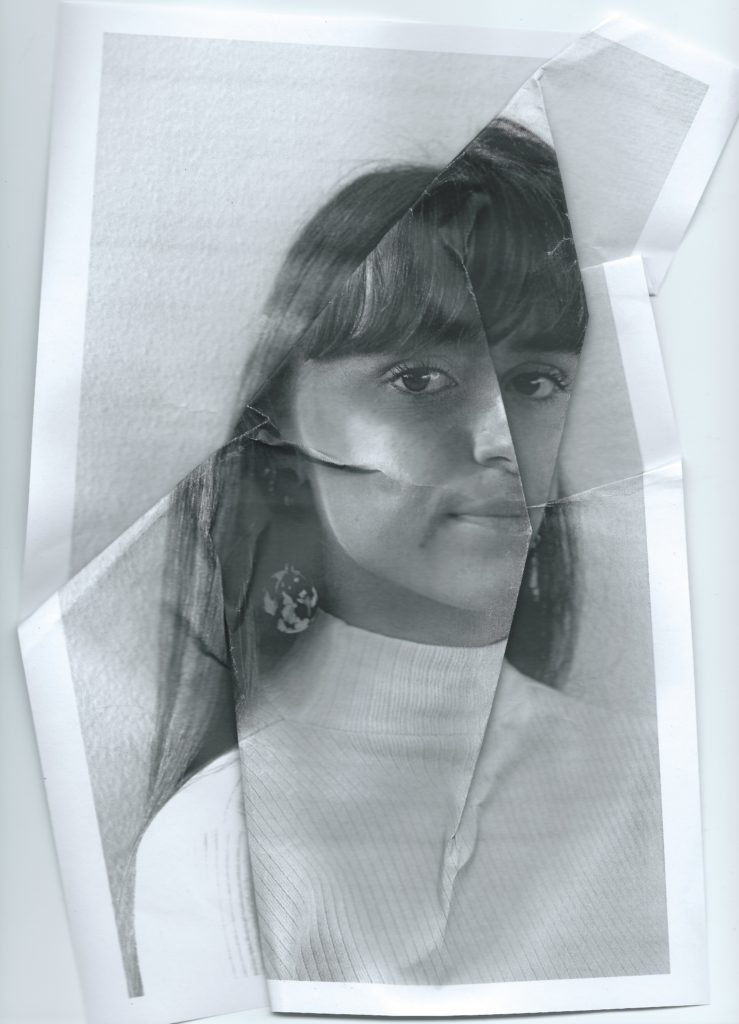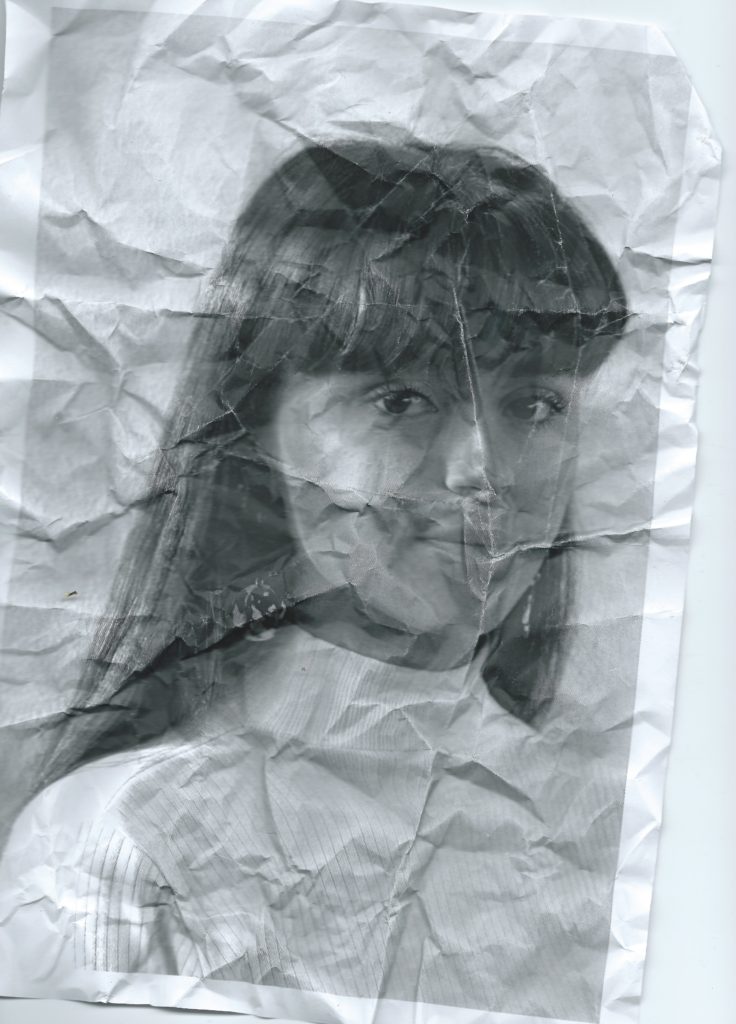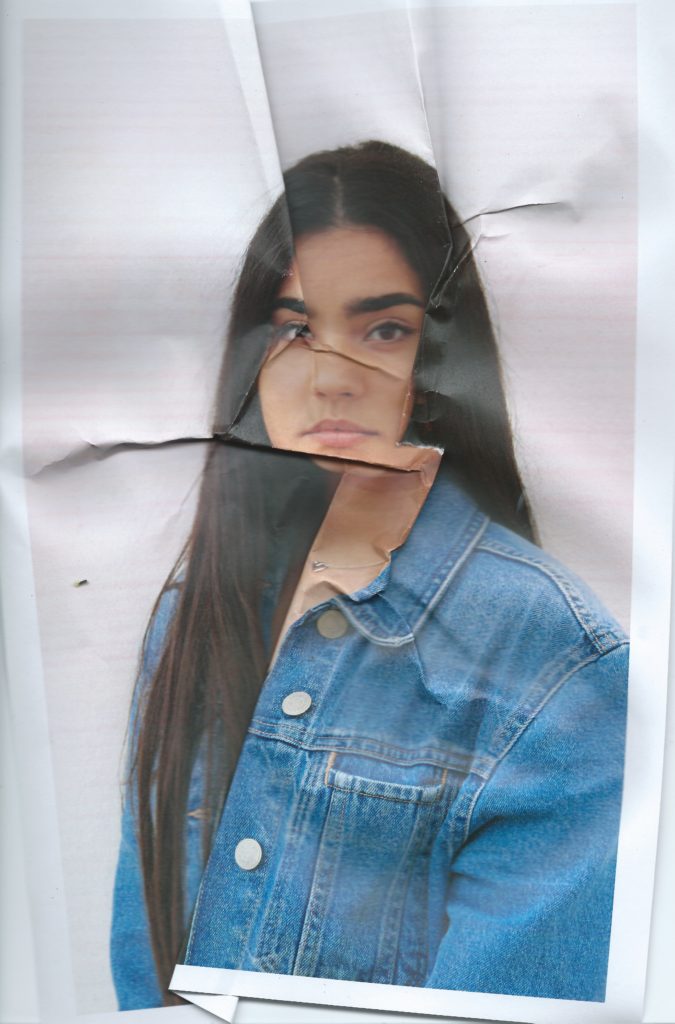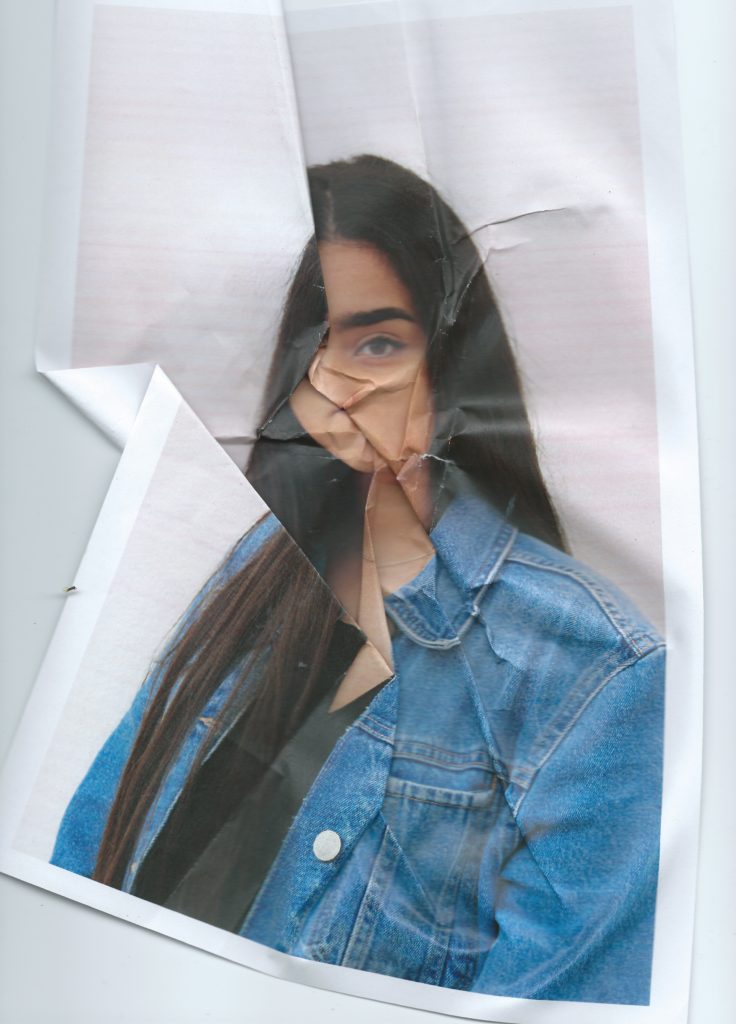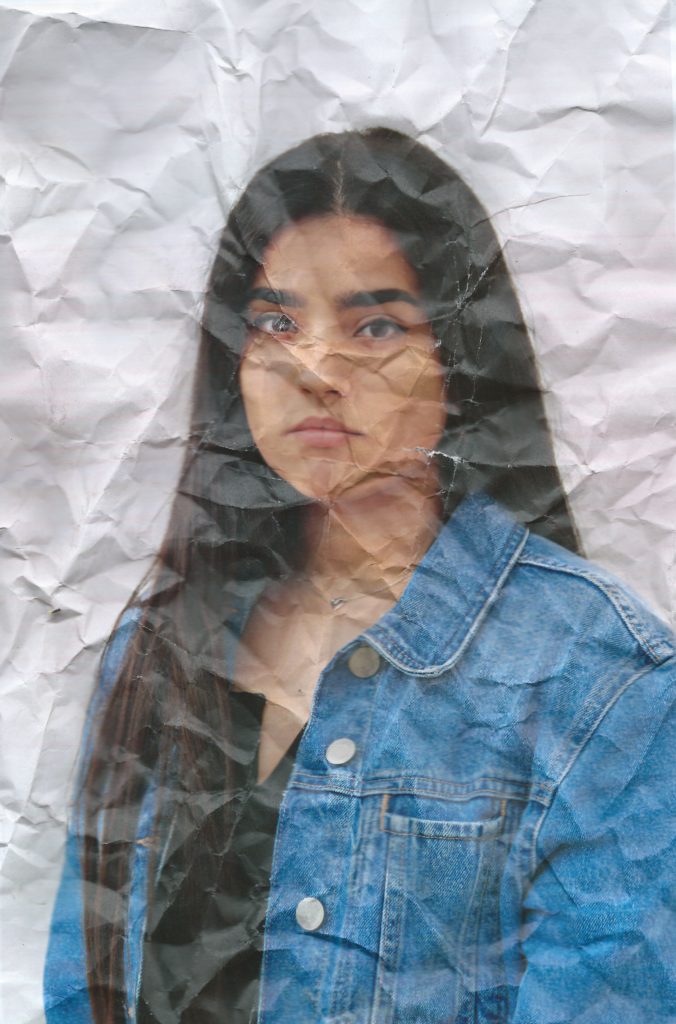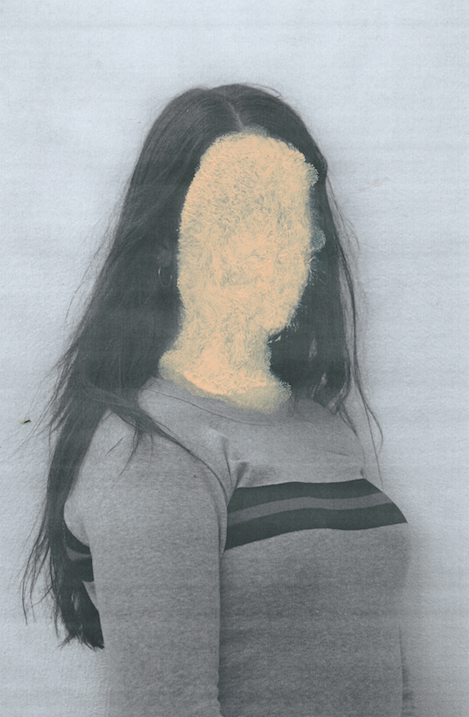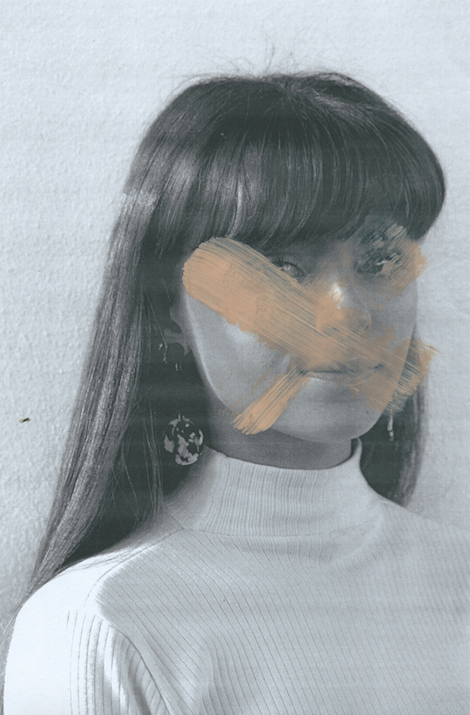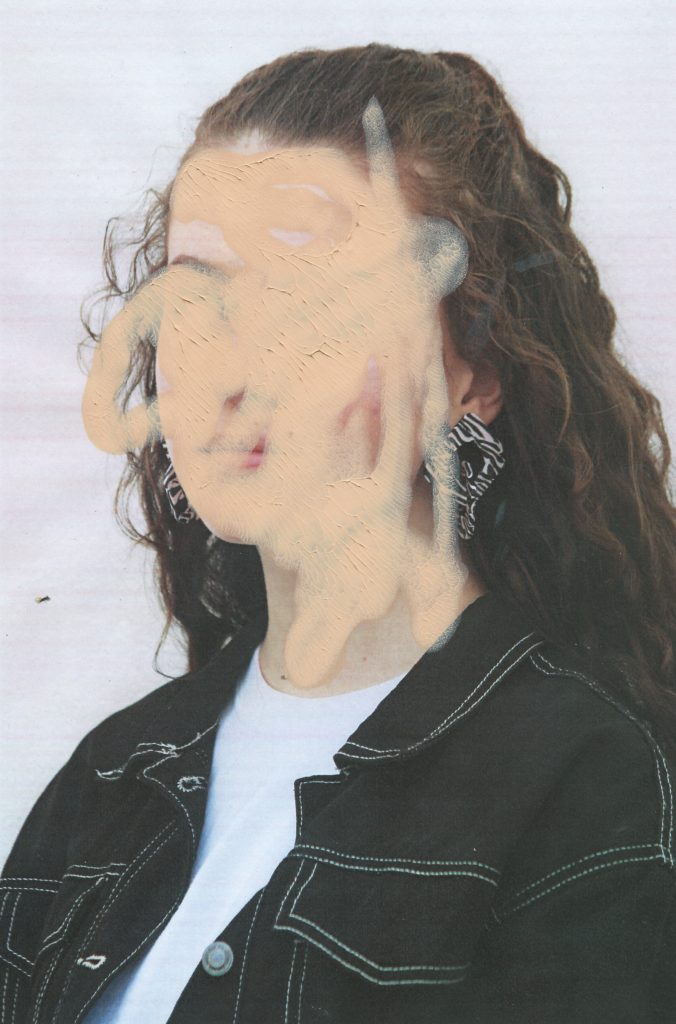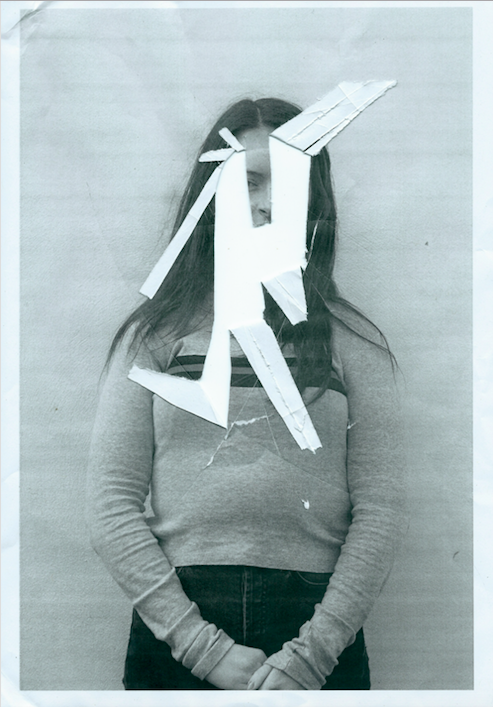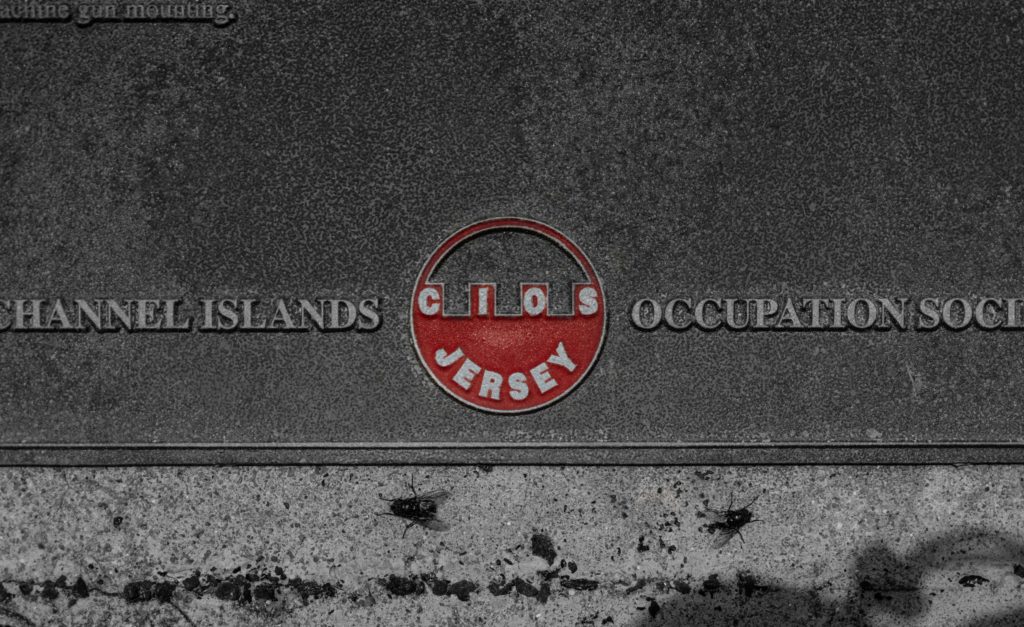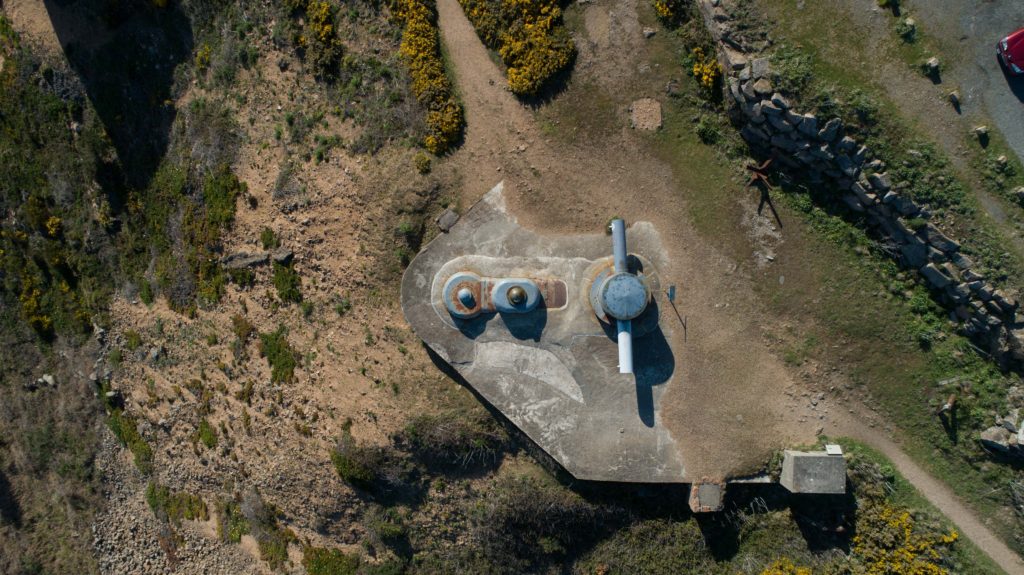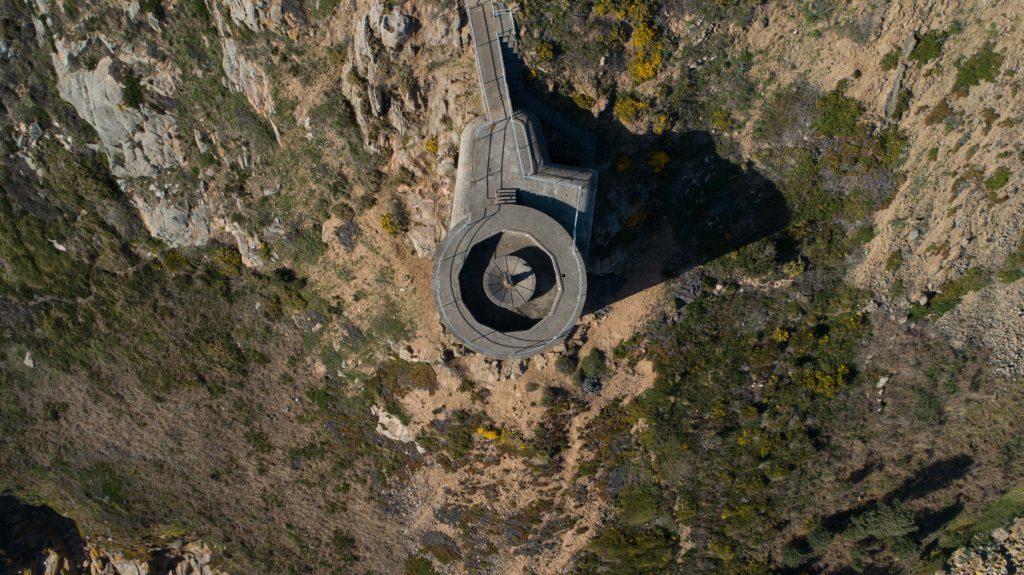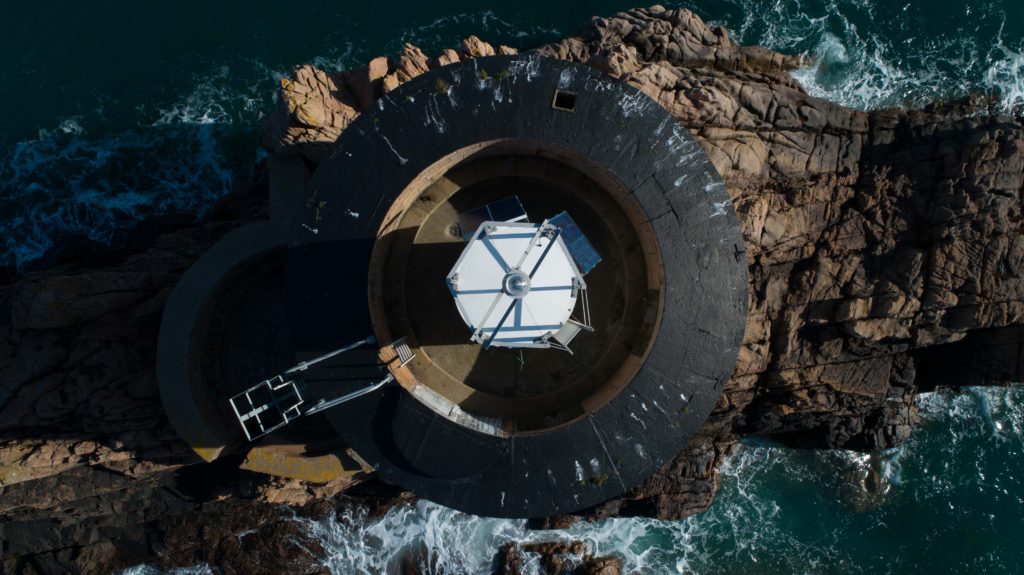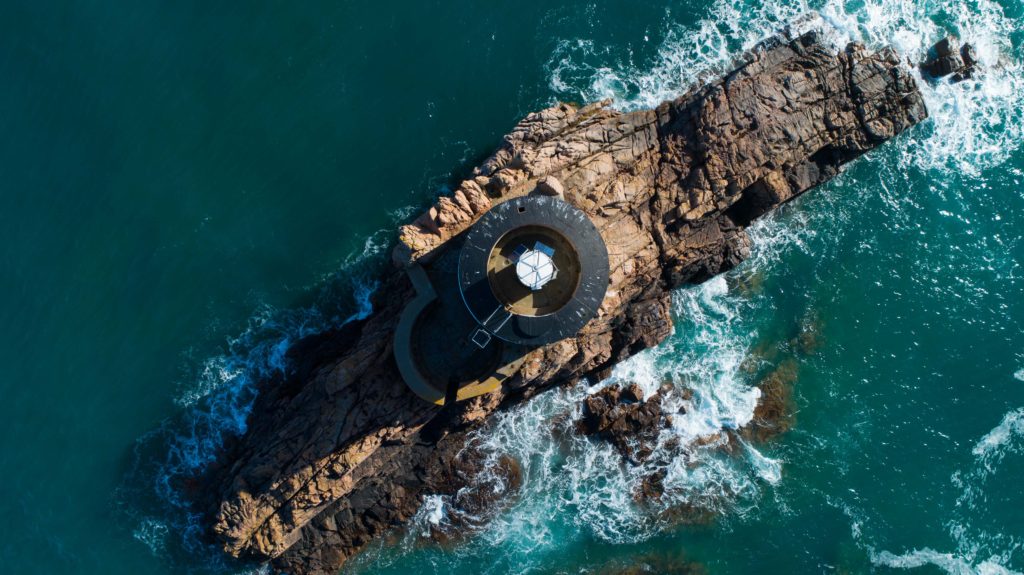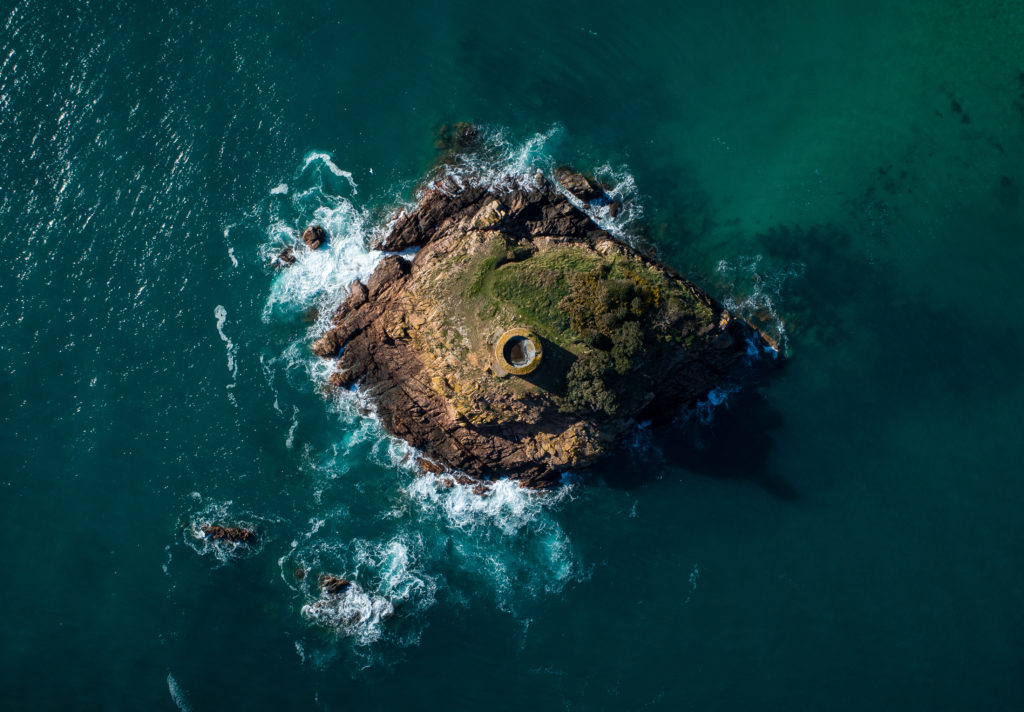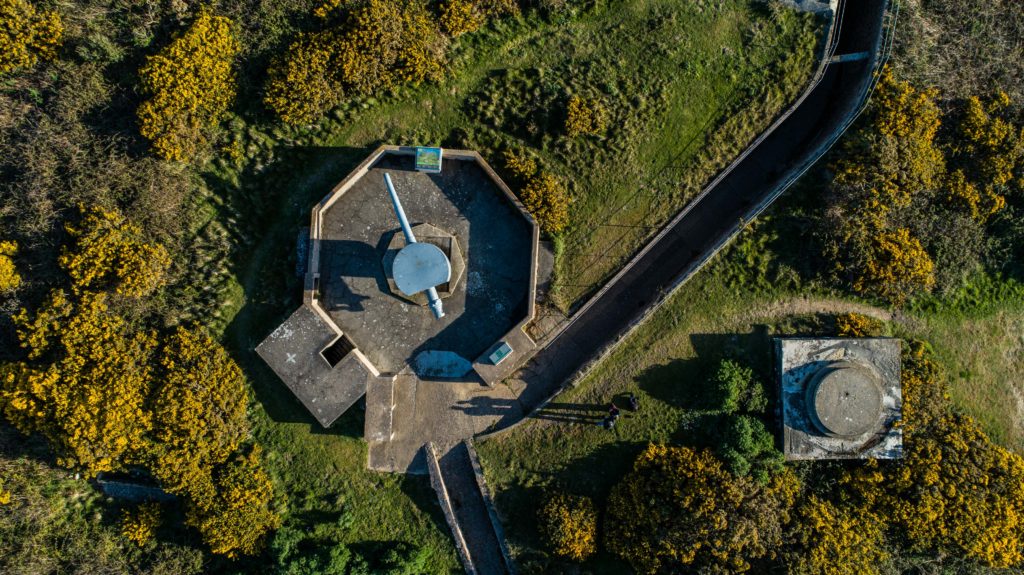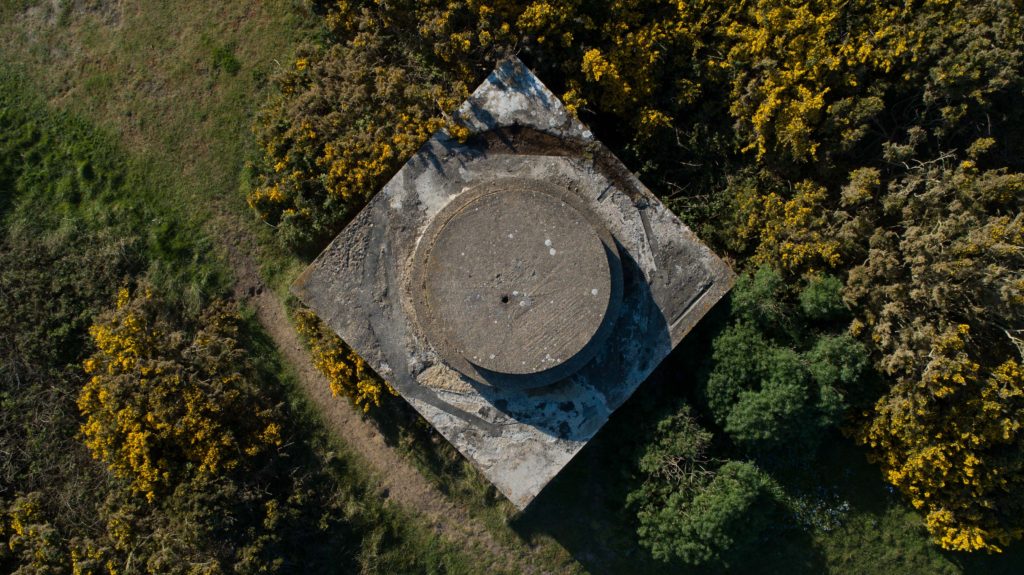I want to edit some of the images i have taken by hand, to do this I started by changing some of them to black and white. This will help the colours in each image match and will make certain parts of the images stand out. I then printed out the photos on A4 pieces of paper, the quality wasn’t great but I like the way this looked, it deconstructed the perfect style that glossy high quality images have, this goes with the idea of challenging stereotypes on beauty.
I then begun to manipulate the printed images in the style of Nigel Tomm by folding and crumpling sections to distort the facial features, I started by doing this subtly, choosing where the folds went and gradually became more destructive, crumpling it into a ball and then faltering it back out to create a textured effect. I then scanned the prints which I had manipulated back onto the computer rather than re photographing them, this shows images depth and manages shadows better. I did this with black and white and coloured images, the coloured prints were slightly discoloured and when scanned this happened more, I like the effect and colours this creates, with the pink toned background which creates a more stylised effect.
With some of the prints I decided to manipulate them using makeup, the idea being applying makeup to the image rather than the models face. This targets the idea of people using products to erases and mask their natural imperfections, many people use and wear makeup as an art form however their is no doubt that its origin is to enhance or change appearance. It is known that people use makeup to make themselves more confidant some people are even too self conscious to leave the house without it on. I think this concept is interesting to incorporate into my images because it is something that a lot of people can relate with in some way. I have used this idea to edit my prints, I wanted to make it dramatic to obviously show the message. For the first image I applied different makeup products to the relevant parts of the face to create a messy effect reminiscent of when young children try copying their mothers putting on makeup. This shows how children can be influenced by the idea of perfection and beauty from a young age from their own parents. I then continued to use foundation as a paint on top of them prints, using makeup sponges and brushes to cover parts of the face. For one of them I squeezed the foundation on to the photo and pressing it against another piece of paper, this left a textured, caky finish. I then waited for it to dry and scanned them onto the computer.
I also wanted my model to edit and destroy their own images, I printed out one photo of each model in low quality giving them discolourations and distortions. I then instructed each of the girls that I photograph to remove their insecurities or destroy the image in any way they wanted. Some of them grabbed a pen and started scribbling on parts of their faces and bodies covering and changing different aspects, other people cut, ripped and crumpled the paper. I then reconstructed the pieces and scanned them in as new photographs.





